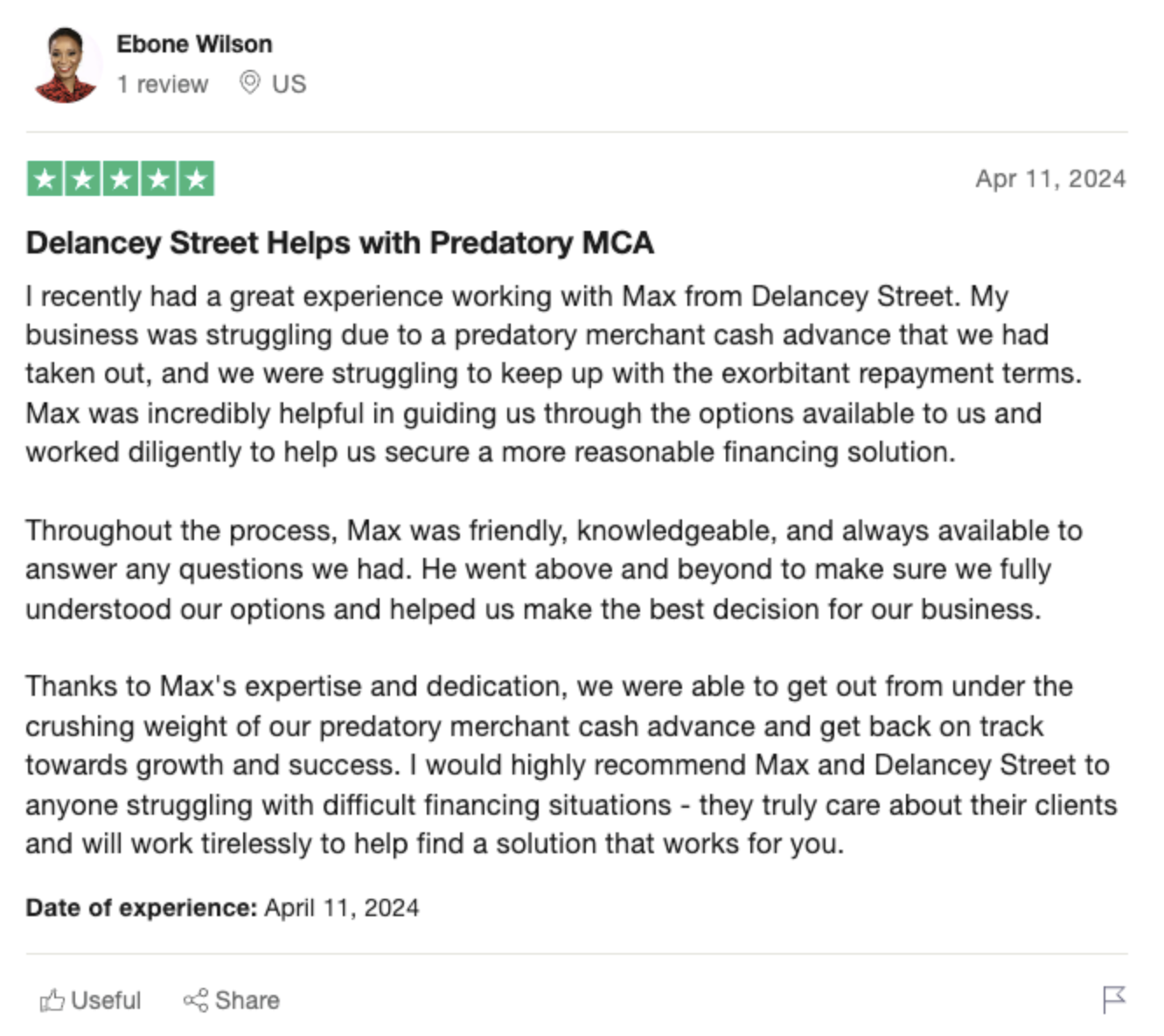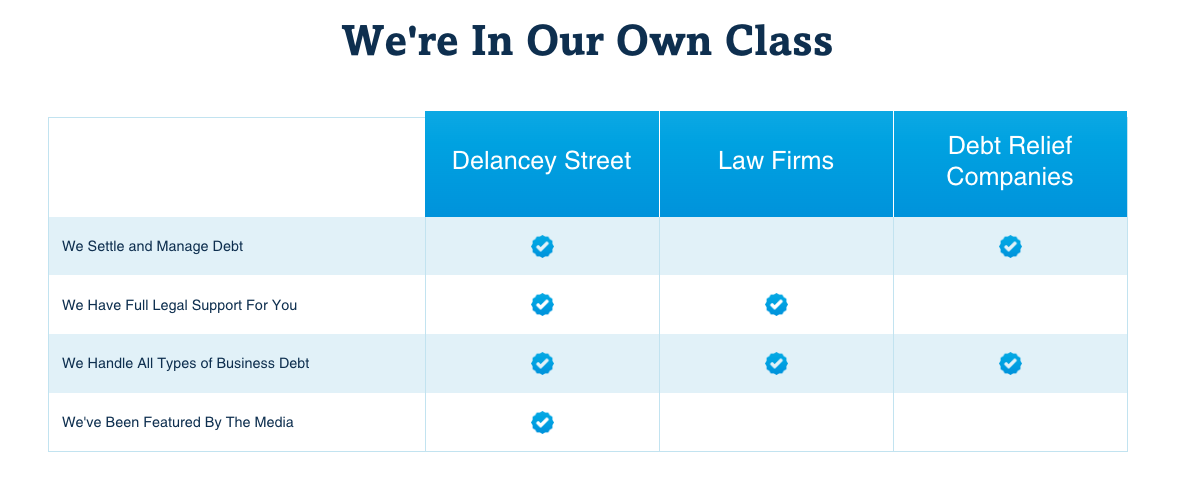Help for Professional Service Firms With High Overhead Costs
Why Overhead Matters
Overhead expenses like rent, administrative salaries, software subscriptions, marketing, and more are often seen as just the cost of doing business. But overhead has a direct impact on your firm’s profitability and ability to invest in growth. Here’s why you need to pay attention:
 -
-- High overhead leaves less profit – If overhead costs start creeping above industry norms, your profit margin suffers. Less profit means less ability to reward partners and invest in new hires or technology.
- Overhead can get out of control quickly – It’s easy to overlook small monthly expenses, but they add up fast. Before you know it, overhead is eating 40% of revenue instead of 30%.
- Inefficient overhead drags you down – Even if overhead stays steady as a percentage of revenue, you could still be spending too much. Are you overpaying for software or office space? Do you have more admin staff than you need? Inefficiency leads to waste.
- Flexibility suffers – When overhead expenses are high and fixed costs are inflexible, it’s much harder to weather slow periods or downturns. You have less margin for error.
Get Back to Basics
Reining in overhead starts with getting back to basics – you need clarity on exactly where your money is going each month. Here are some steps professional service firms can take:
Understand Your Ratios
As a first step, calculate your overhead as a percentage of revenue over the past year. Anything over 50% is dangerous territory, while 30-40% is more typical for professional service firms[3]. If your overhead seems high, dig into the details.
Categorize Expenses
Add up what you spend each month on major overhead categories like:
- Rent/office expenses
- Technology/software
- Marketing and advertising
- Support staff salaries
- Equipment leases
- Professional services like accountants
- Office supplies/services
Don’t forget that some salaries count as overhead too – anyone in an administrative or support role where time isn’t billed to clients.
 -
-Tracking expenses this way shows you where the bulk of your overhead goes each month. It also lets you spot categories that seem out of whack.
Benchmark Your Expenses
Next, compare your overhead spending to industry benchmarks. For example, if rent is taking up 15% of your revenue but 10% is typical, that’s a red flag for overspending.
Professional associations like the Association of International Certified Public Accountants publish great benchmarking data across overhead categories. There’s also public data from government agencies and academic studies to leverage.
Analyze Efficiency
Overhead costs aren’t necessarily too high across the board – sometimes specific areas are inefficient. Do you have more support staff than comparable firms? Is your office space overly large or lavish? Are you overpaying on software contracts?
Analyzing efficiency involves taking a hard look at whether you’re spending too much on overhead to accomplish routine tasks. Right-sizing expenses is key even if overall overhead meets industry averages.
 -
-Take Action: 8 Ways Professional Service Firms Can Cut Overhead
Once you’ve done the work to analyze overhead expenses in detail, it’s time to make changes. Here are 8 impactful ways professional service firms can reduce overhead costs:
1. Renegotiate Leases and Contracts
If analysis shows you’re overpaying for real estate or software, pick up the phone. Service providers are often willing to negotiate better rates to preserve a client, especially if you come armed with competitive market data.
2. Carefully Scrutinize New Hires
Resist knee-jerk hiring, especially for administrative roles. Consider promoting an existing employee or dividing responsibilities before assuming you need an entirely new position. Hiring smarter keeps overhead and salaries down.
 -
-3. Eliminate Underused Subscriptions and Services
Cancel subscriptions, memberships, and services you rarely leverage to stop wasting money. For example, eliminate software with lots of feature overlap or offsite storage for files you access once a year. Be ruthless here – if you aren’t using it, lose it.
4. Reduce Office Space
Could you get by with less square footage? Even if your lease doesn’t expire soon, consider subletting excess space to bring in income and cut expenses. With remote work on the rise, many firms find they need less space than before.
5. Cut Back on Extravagant Marketing
Trim excessive marketing and advertising spending that isn’t generating sufficient return. For example, reduce glossy print mailers in favor of targeted digital ads. Skip hosting a booth at conferences that attract few prospects. Stick to high ROI activities only.
6. Invest in Productivity Tools
The right technology can help your team work faster and handle more workload without extra hiring. For example, client portals reduce administrative tasks, while AI contract review catches issues in seconds rather than hours. Upgrade wisely here to boost output.
7. Centralize Purchasing
Rein in discretionary spending on items like office supplies, equipment, and lunches. Centralize purchasing under one manager’s oversight and set clear guidelines. Avoid letting costs in this category creep up.
8. Consider Outsourcing and Automating
Could you save money on support tasks by outsourcing administrative work like HR and billing? What routine tasks could be automated? Offloading non-core activities is an easy way to keep overhead down.
Make Overhead Optimization Part of Operations
Cutting overhead expenses takes real work – both upfront analysis and ongoing vigilance. Professional service firms need to incorporate overhead efficiency into regular operations just like any critical business process.
Dedicate someone to be accountable for budgeting, tracking expenses, monitoring benchmarks, and keeping teams aware of overhead performance. Set goals around overhead as a percentage of revenue just like you do for utilization rate, billable hours, or profitability targets.
With constant focus on overhead costs and relentless examination of spending efficiency, professional service firms can better control profitability even as revenue fluctuates. Getting overhead optimization right means more stability and room for important investments in people and services.







